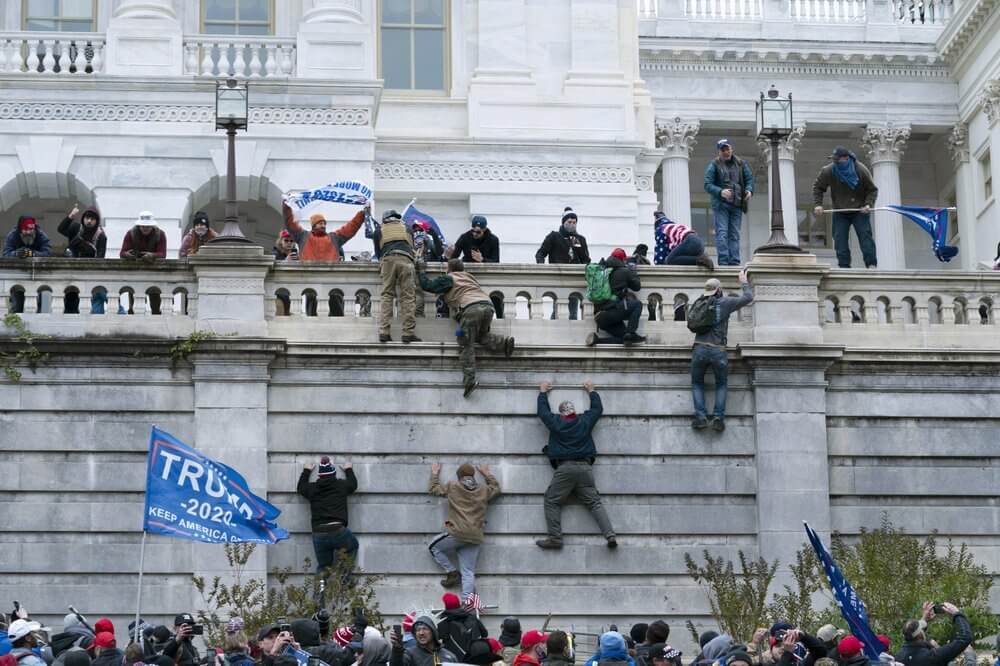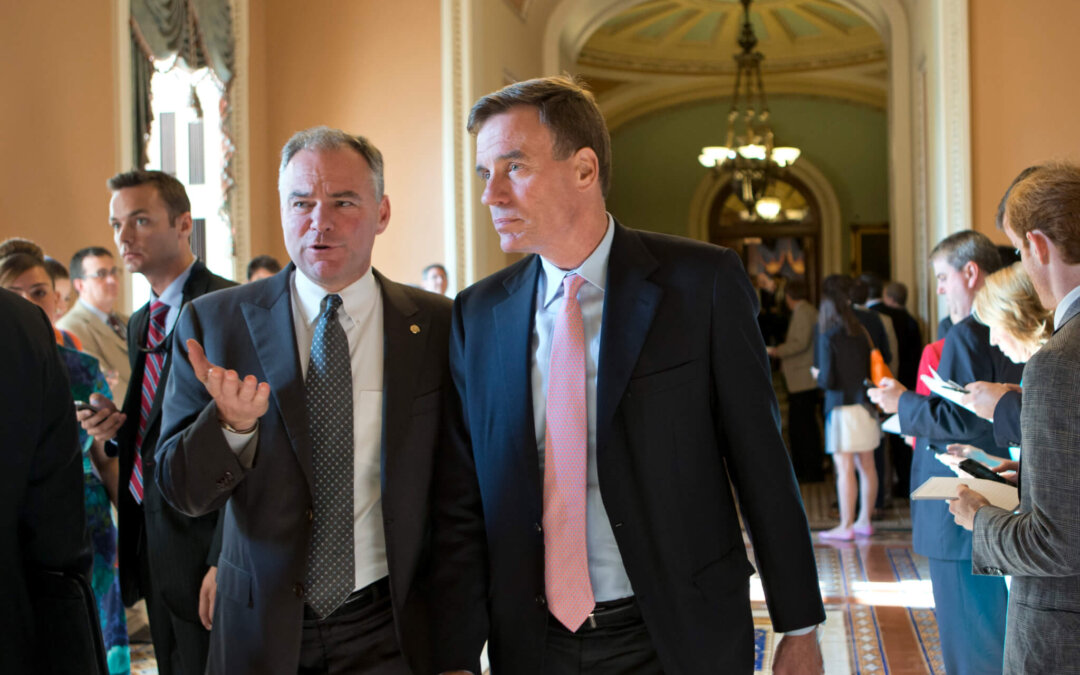
Supporters of President Donald Trump climb the west wall of the the U.S. Capitol on Wednesday, Jan. 6, 2021, in Washington. (AP Photo/Jose Luis Magana)
If we’re not willing to discuss the underlying issues from the Capitol, then this will happen again.
January 6 was bad at the Capitol. I’m simmering with anger as I try to write this, frustrated at the blatant curated ignorance in my communities that caused so many people I know (yes, they’re pretty much all white) to react to what happened at the US Capitol building with surprise and horror. Surprise is disappointing to me–the signs have been here all along, and if you’re surprised by the violence and anger and white male entitlement on display on Wednesday, you have been deliberately keeping yourself ignorant of the emotional tenor thriving among Trump’s base over the last four years.
But I made a mistake on Wednesday as I reacted to the news, and I want to discuss that here. My mistake was to immediately insist that we call these people “domestic terrorists.” The term is not entirely inaccurate–they were wreaking havoc in a way that was designed to make their opposition afraid and the photos of Richard Barnett or “Bigo” in House Speaker Nancy Pelosi’s office with his foot up on her desk are blatantly suggestive that this invasion of her personal and professional space was the closest he could get to raping her–but the term “terrorist” has a loaded history and context that makes using it ineffective in the ways that we need right now.
How Do We Describe The Capitol Rioters?
These people were indeed there at the Capitol to incite terror. However, when it comes to policymaking and law enforcement, the term terrorist has explicitly xenophobia and Islamophobic overtones here in the US. To be a terrorist, as seen by law enforcement, is to be brown-skinned, religious, foreign. If we use the term terrorists to describe those who terrorized our nation’s capital on Wednesday, we are cuing up policymakers to try to react to these violent actions by ramping up surveillance and policing in ways that will not actually thwart these kinds of actions in the future, and will instead carry on the oldest American tradition of inflicting fear and violence on Indigenous, Black, and other minority communities.
So how do we accurately describe these angry, violent individuals who roamed the halls of the Senate declaring that it was “our house” and expressing rage that the police shot one of them when they “are supposed to shoot BLM”? What is the linguistic framing that will suggest the most clear path forward for preventing similar violent attacks on our democratic processes by these kinds of folks?
I believe that “violent white supremacists” is the term that will get us there the fastest, and much of my dismay over how people in my community are responding to Wednesday’s events is at the deliberate sidestepping of examining the subtext that became the main text in the iconography and expressions on the Hill that day.
RELATED: If Washington Won’t Help, It’s Time to Consider Mutual Aid
Call It What It Is
I have had white friends talk about how wild it was that the police barely pushed back on the crowd that day, how surprised they were to see them taking selfies with the rioters. I’ve had Black friends venting about how they know that if they had tried the same kind of actions that day, that they would have been shot before they got close to the interior of the Capitol building, how angry it made them to watch a white man light up a doobie under the Capitol dome while their kin are still incarcerated for lesser crimes. I’ve had reporter friends talk about how they had to go in disguise to cover the event because they knew that if they wore their press badges openly, they would have been targets for violent assault. I have Jewish friends who are deeply shaken by the overt Nazi iconography on display.
The Venn diagram of all of these reactions is white supremacy on display, flexing its power in a show of anger and a promise of further violence if the government does not work for them the way they expect it to and have depended on it to since the founding of our country. White power has always been upheld by our legal, carceral, and financial systems, and to see their red-hatted mascot voted out of office feels to them like the promise of an extinction event.
You’re Not Looking
So many times in the last 48 hours, I have heard white colleagues and community members try to argue that Wednesday’s attack on democracy was not about race. To continue to argue this is to be complicit in what happened–these people could not have gotten away with their violence without mass arrest or more than five deaths if they had not been white, and when the cops on the hill and the FBI looked the other way as the attack was being openly planned on social media, they chose to side with white supremacy rather than actual protection of democracy.
Those who continue to pretend that race had nothing to do with the anger and violence on display are similarly permitting this kind of action to occur in the future through their active disengagement with what is and was at stake during Wednesday’s events. If you’re not willing to see the white power that was used terrorize our democratic processes, you’re not looking. These violent acts were acts of white supremacy, nothing less. To prevent similar actions going forward, we must address them as such and work to dismantle the white supremacy baked into our systems of power and law, not ramp up carceral justice efforts to eliminate “terrorism” and miss the mark entirely.
Politics

Kaine, Warner urge federal agency cover IVF treatment for public workers
Virginia's two Senators were among a group of lawmakers defending access to in vitro fertilization, or IVF, which has entered the national spotlight...

Biden makes 4 million more workers eligible for overtime pay
The Biden administration announced a new rule Tuesday to expand overtime pay for around 4 million lower-paid salaried employees nationwide. The...
Local News

The zodiac signs of 12 iconic women offer insight into their historic accomplishments
Zodiac signs can tell you a lot about someone’s personality. Whether they’re an earth, water, air, or fire sign, these 12 categories (which are...

Virginia verses: Celebrating 5 poetic icons for National Poetry Month
There’s no shortage of great writers when it comes to our commonwealth. From the haunting verses of Edgar Allan Poe, who found solace in Richmond's...




